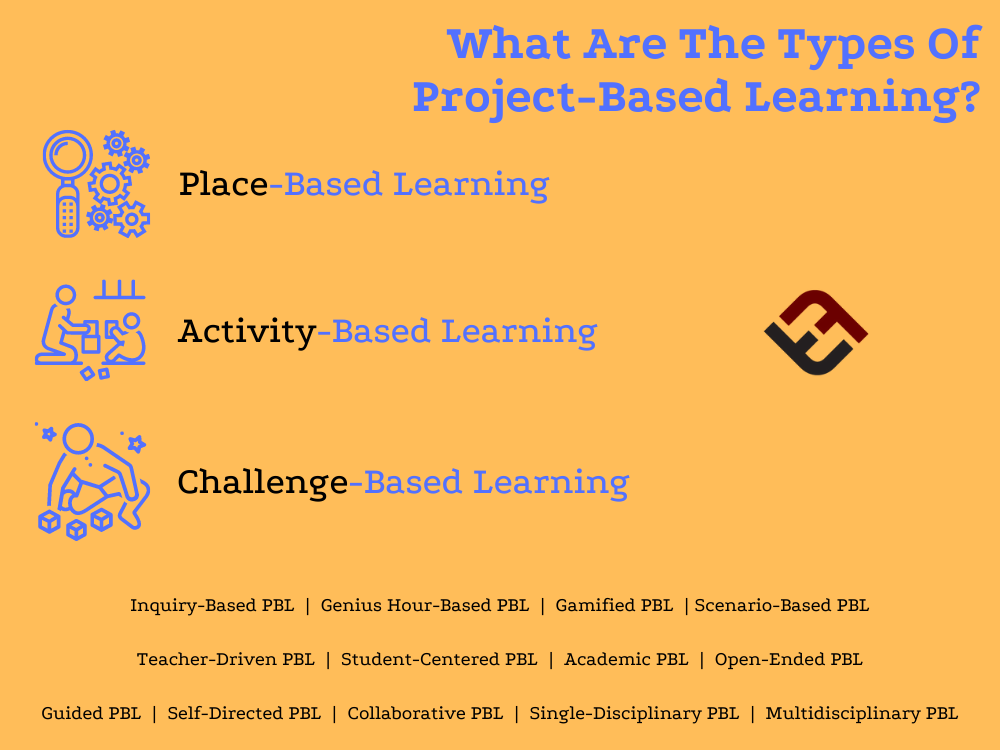Attitude - Meaning, Components, Functions and How to Change Attitude (Management video 49)
Attitudes refer to feelings and beliefs concerning events, people and objects that leads to behaviour or action. Every person has an attitude and it can be uncertain, positive or negative. Attitude Components 1. Cognitive or Informational Component 2. Affective or Emotional Component 3. Behavioural Component Functions 1. Knowledge Function Attitude has an impact on perceptions and thoughts about everything 2. Value expressive Function Attitude is an expression of core value and gives a person self-identity 3. Ego Defensive function Certain attitudes are sustained over a certain time to defend self-image 4. Self Esteem Function Attitude helps to increase or keep a person’s self-worth 5. Impression motivation Attitudes are used to make an impression on others Ways of Changing Attitude - Negative attitude - lack of information fosters a negative attitude. When people come across some new information it can change their attitude. - Fear - is an important way to change the attitude of a person. - Persuasion - helps to change attitude through various messages. - Co-opting Approach – involving a person of a different group in your group. - Influence of friends and peers – Trust in friends and peer help to convince and change the attitude Persuasion Introduction Persuasion refers to altering the attitude of other people with help of messages It is influenced by the credibility and attractiveness of the communicator and distractions in the messages. Cognitive Dissonance Cognitive Dissonance refers to the state when a person has contradictory thoughts, values, ideas and attitude. The inconsistency is between attitude and behaviour or two or more attitudes Job Attitude Job Attitude refers to an individual’s feelings towards his job. It includes job satisfaction, job involvement and organizational commitment. This video is on Attitude and it has the following sub-topics. Time Stamps 0:00 Introduction 00:53 Attitude Components 01:42 Knowledge Function 02:00 Value expressive Function 02:23 Ego Defensive function 02:42 Self Esteem Function 02:53 Impression motivation 03:06 Ways to Changing Attitude 04:05 Persuasion Introduction 04:40 Cognitive Dissonance 05:57 Job Attitude









